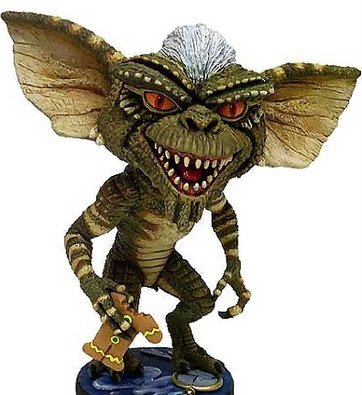Hey everyone — Amy here. I’m blogging the Integrating Media conference. Think of this blog post as glorified note taking. I’m trying to type as fast as I can and jot down the key points, and I’m going to hit “publish” soon after the conference is over.
Let’s get started…
Change is inevitable! If it weren’t, Paul would still be wearing leisure suits! And for that alone, we need to embrace change!
Today’s conference is all about how we can change the way we market. And one new marketing tool we have at our disposal is QR codes. Our audience today is semi-savvy about QR codes. We were polled before we arrived, and only a very few of us are actively using QR codes to market. A few more of us are aware of QRs and are using apps to decode them. But a large group of us have never even heard of them.
Here are some interesting statistics: Mobile device use will outstrip desktop computer use by 2013. And text messages have an incredible open rate — 90%! Wow. That beats any email campaign open rate I’ve heard of.
All this mobile phone use makes phone-based marketing more important than ever.
QR codes were created in 1994 in Japan by a company that’s a subsidiary of Toyota. They were initially used to track auto parts. They are a part of every day existence for the Japanese.
QR codes, mobile marketing — these are not marketing strategies. They’re simply marketing tools. But they’re relevant, fast, clean, engaging and convenient.
Now Jamie Walden from the Laman Library is up. He’s already actively using QR codes to market and to reach out to library users. His main goal when he started was to make the library more accessible through technology — website, social media, etc. Right after he started, they greatly improved the library website, and they wanted to drive traffic to the new site. Their choice to use mobile marketing was driven by those statistics that said more people would be accessing their site on mobile devices, not PCs. Jamie says QR codes are NOT the Holy Grail of marketing. They are just a very effective vehicle. They’re more impressive than giving people an URL. They’re like sending a limo to pick a client up at the airport, rather than an old taxi. Also, they help his library look relevant and cool. He uses QR codes on direct mail and in print ads. The codes help give people way more info than what can go in a print ad — videos, music, etc. And he likes that they go to a very specific destination. That helps filter out the noise, cuts down on clicks and searching. Fewer steps = a better user experience. Laman has had 400 scans from ads, etc., and 500 scans of the QR codes on their business cards. But he thinks media needs to talk about QR codes more. Extra note — you can’t sell someone in a quarter page ad. But you can send them to a web page that will sell them.
Now Dena Woerner, the Communications Manager for the Arkansas Department of Parks & Tourism is up. She’s progressive — she made Arkansas the first state tourism agency in the country to use QR codes! They’ve used QR codes to send people to specific landing pages, help create trip itineraries, and will soon use them in a campaign that features 15 second videos. How cool — a print ad that gives viewers an interactive experience! P&T first used QR codes in an Oxford American magazine ad. They were going to make them a clever design, but decided that since they were new, they needed to be obvious and straightforward. They then had to educate people about them — they sent out lots of press releases about QR codes, not necessarily tourism. They use QR codes for media pitches, too. Dena was able to send a journalist a code to the exact info he was looking for, and she really got his attention, because what she did was novel. They’ve gotten much exposure just for their use of codes. They’ve gotten mentions and coverage around the world without having to buy an ad. She also likes that QR codes give analytics that go beyond basic tracking. She can follow the trail of a visitor to the site. She only tests her QR codes with free apps, because she doesn’t want anyone to have to pay to get her information. And she only creates codes with free programs. Extra note — Arkansas is quite progressive using QR codes. Lots of entities in this state are using them, and lots of Arkansans are therefore aware of them.
Paul’s back up, and he’s mentioning how CustomXM employees use codes on their business cards — the QR code automatically loads his contact info on your phone. He too loves the tracking. They can know exactly how many codes in a campaign were scanned. Plus they get demographic info from scans, like what age group scanned codes in a print campaign. Codes don’t have to just direct back to websites. They can be used to send an email, make a phone call, give a map/directions, even send people to your latest tweets.
So what does it take to use and make QR codes? You must have a smartphone. You must have a reader app. SOme apps are BeeTagg, i-nigma, Kaywa, QuickMark, ScanLife, QR App, Optiscan ($1.99, but worth it — great scanning ability, allows you to generate codes from your phone). Some phones are now coming with pre-loaded readers.
How do you create a QR code? There are some good generators out there, but why not use CustomXM’s? www.customxm.com/qrgenerator They have all kinds of options — send to website, email, phone, latest tweet, etc. The code is generated, then you just save the file as an image and use it however you like!
Best practices:
1) Make content valuable. Don’t just send people to a repeat of the ad.
2) Keep URL short. The longer it is, the harder it is for readers to scan. Use an URL shortener like bit.ly.
3) Mobilize your landing pages. Make your website mobile-friendly. Don’t send someone who’s by default using a mobile phone to a page that isn’t phone-friendly.
4) Don’t link to something that has no value.
5) Don’t miss out on the tracking opportunities. Find someone that provides tracking services (CustomXM does that, by the way!)
6) In your ad featuring a QR code, don’t forget to direct people to an app! Don’t forget to educate people on what a QR code is.
7) Don’t forget to add white space around a code.
8) Don’t go too small. No less than inch x inch.
9) Test it first!
10) Don’t place a code anywhere with no phone service.
Act now! This is coming! Be one of the first, not one of the last, to use this new technology!
Q&A
Are there design limitations? Most important is contrast. You can do some overlays and colors, but don’t go too crazy.
Can it be added to an existing ad? What’s the cost? Reworking an existing design is usually not a huge cost. Tracking services are charged by time frame and by the number of codes.
To Jamie and Dena — any objections form higher-ups about using QR codes? None for Jamie. The costs were minimal and the results were outstanding, so everyone was on board. Some for Dena. She had to give a big presentation for campaign approval. They didn’t want to ruin the beauty of their print ads. Plus the whole piece about having to educate people was a concern. Some were concerned about how many people have smart phones. But those numbers are rising rapidly.
Can you put them in a yellow page ad? Sure. It might be cool to link that code directly to a phone number.
Some extra points that were shared:
Paul has seen a story on the web about how (in Japan) QR codes are being put on tombstones. Seriously. They go to a web page that shows a video of the person’s life.
Mike Mueller shared that when you claim your business’ page on Google, it generates a QR code for you that will direct people to your Google listing.
Katie McManners has a great idea for singles — create two QR codes, one with your real phone number, one with a fake. When you’re out at a bar, give the code with the real number to the people you’re interested in (the hotties), and the fake number code to those you aren’t interested in (the notties).
If you were here, don’t forget to fill out the online survey. There’s a QR code that links to it in your folder!
Thanks for coming, everyone! And if you want more info on QR codes, contact us!


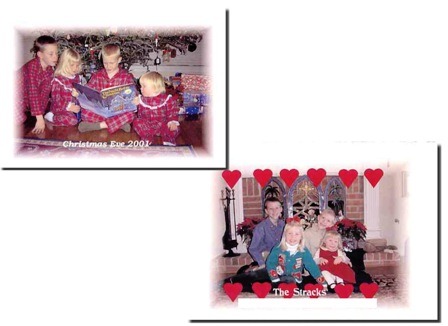


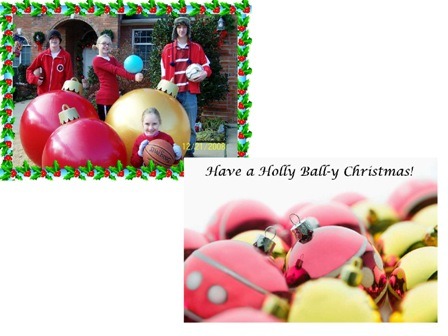



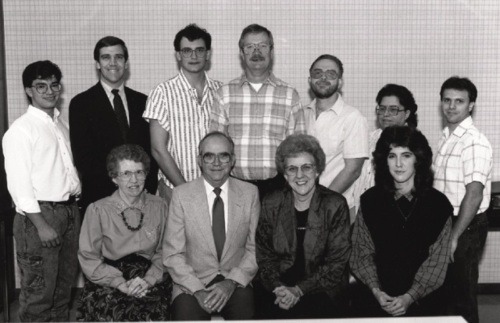
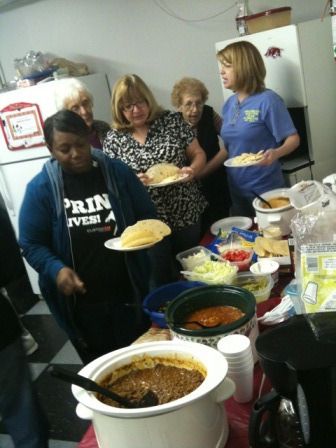


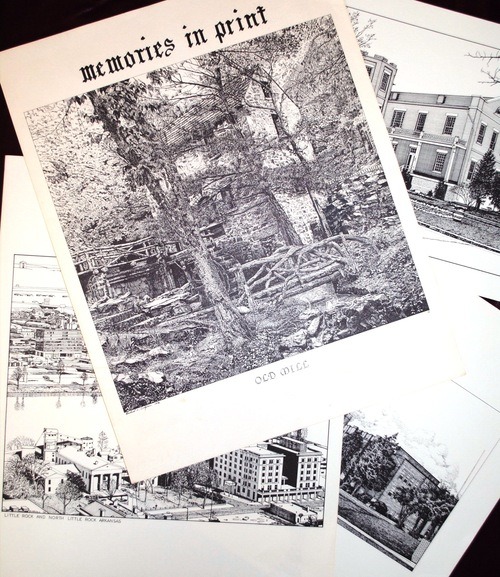 I recently moved into another office.
I recently moved into another office.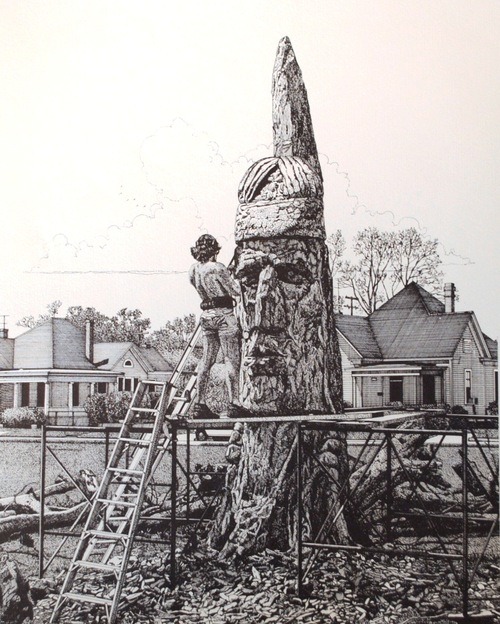
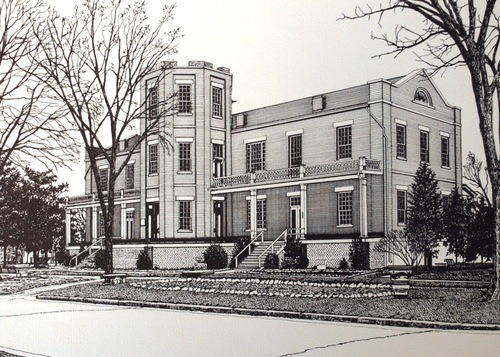
 “The Twin Cities.”
“The Twin Cities.” 